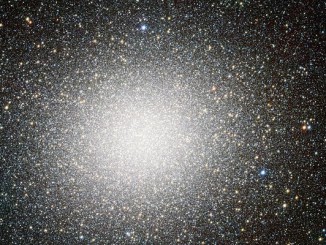
Month: January 2016


Runaway stars leave infrared waves in space
Astronomers are finding dozens of massive, so-called ‘runaway stars’ in our galaxy with the help of images from NASA’s Spitzer Space Telescope and Wide-field Infrared Survey Explorer, or WISE. When these speedy, massive stars plow through space, they can cause material to stack up in front of them, creating dramatic arc-shaped features called bow shocks.

Andromeda Galaxy scanned with high-energy X-ray vision
NASA’s Nuclear Spectroscopic Telescope Array, or NuSTAR, has captured the best high-energy X-ray view yet of a portion of the Andromeda Galaxy, our nearest large neighbouring spiral galaxy. The space observatory has observed 40 “X-ray binaries” — intense sources of X-rays comprising a black hole or neutron star that feeds off a stellar companion.
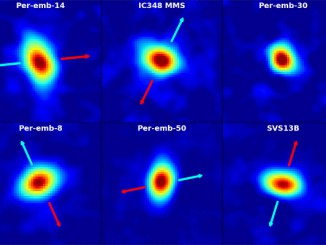
VLA reveals dramatic new evidence about star and planet formation
A detailed study of young stars and their surroundings has produced dramatic new evidence about how multiple-star systems form and how the dusty discs that are the raw material for planets grow around young stars. Scientists used the Very Large Array (VLA) radio telescope to study nearly 100 newborn stars in a cloud of gas and dust about 750 light-years from Earth.
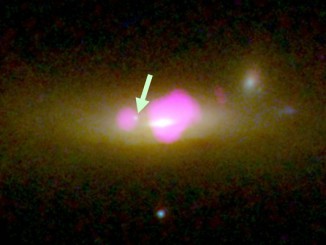
Galactic merger reveals an unusual black hole that has shed its stars
In this season of post-Christmas gym memberships, black holes have shown that they too can lose a lot of the weight of the stars that surround them. One unusually star-deprived black hole at the site of two merged galaxies could provide new insight into black hole evolution and behaviour, according to observations with the Hubble Space Telescope and Chandra X-ray Observatory.
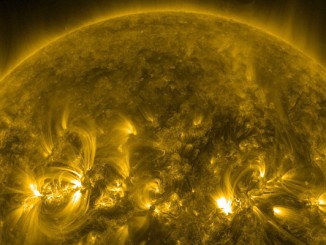
Ageing stars don’t spin down exactly as expected
New information about the way mature stars spin indicates that one recently developed method for determining a star’s age needs to be recalibrated for stars that are older than our Sun, as spin rate is one of the few windows into stellar ages. This has implications for our own solar system, as our own Sun might be on the cusp of a transition in its magnetic field.
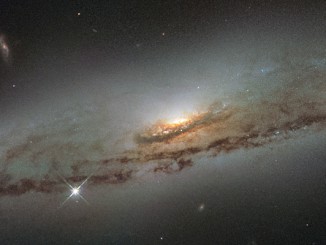
A supermassive and super-hungry galaxy
This NASA/ESA Hubble Space Telescope image shows the spiral galaxy NGC 4845, located over 65 million light-years away in the constellation of Virgo. In 2013 researchers noticed a violent flare from the black hole at the centre of NGC 4845 as it tore up and fed off an object many times more massive than Jupiter that strayed too close and was devoured.
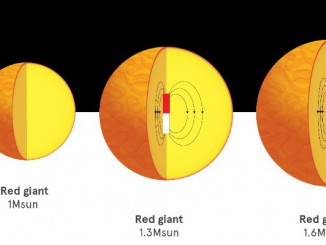
Strong magnetic fields discovered in majority of stars
A group of astronomers led by the University of Sydney has discovered strong magnetic fields are common in stars, not rare as previously thought, which will dramatically impact our understanding of how stars evolve. The findings could potentially lead to a better understanding of the Sun’s magnetic cycle, which is known to affect communication systems and cloud cover on Earth.
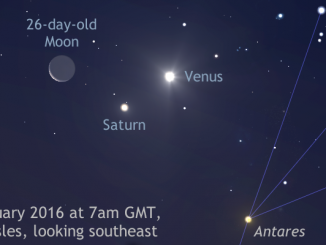
See the Moon’s close brush with Venus and Saturn in the morning sky
On the morning of Thursday, 7 January, observers in the UK with a clear sky and an unobstructed view low to the southeast at 7am GMT (central British Isles) can see a close conjunction between the old crescent Moon, Venus and Saturn — all three encompassed by the field of view of a typical binocular.

